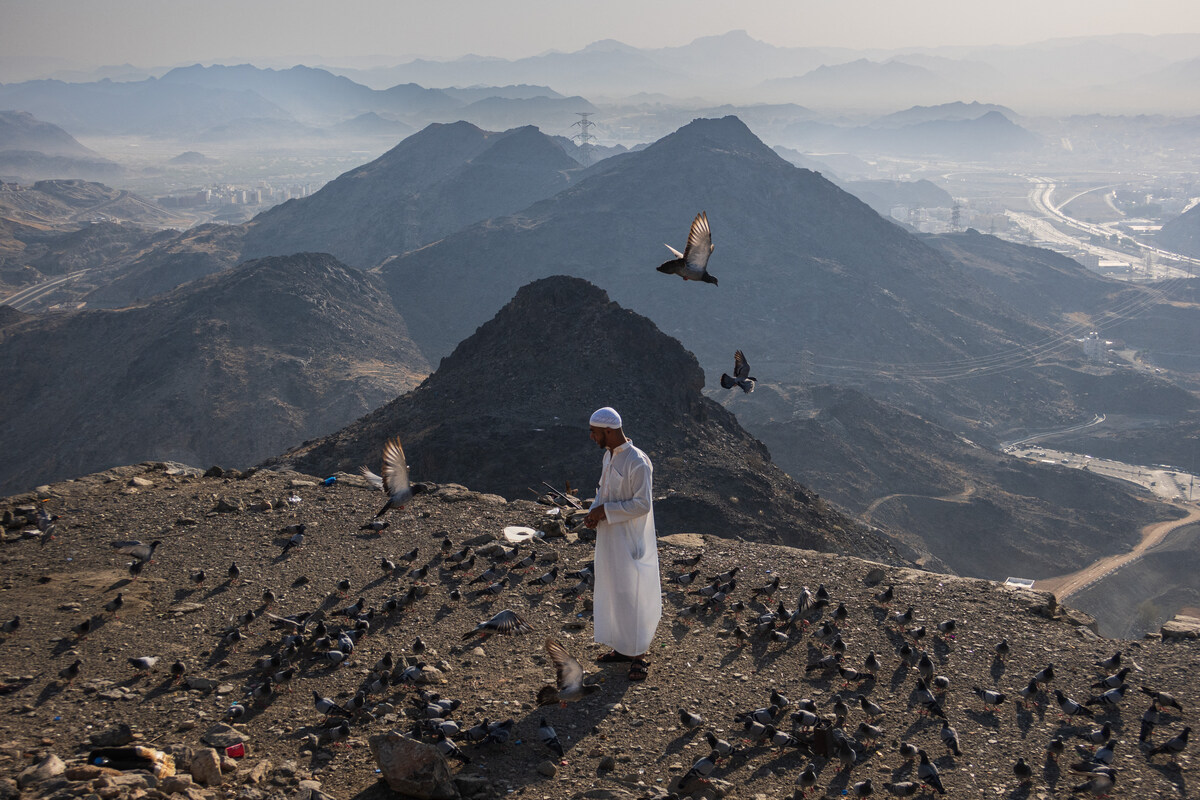Jeddah, Saudi Arabia – There has been a 600% increase in green spaces in Makkah region from August to December 2023, a report by the National Center for Vegetation Cover Development and Combating Desertification has revealed, cited by Saudi Gazette.
The vegetational growth is attributed to robust rainy conditions during this period, with rainfall hitting peaks of 200 mm in certain areas.
Initial remote sensing data showcased a vegetation cover area of 3,529.4 square kilometers in August, accounting for 2.3% of the region’s total area. Over subsequent months, this area progressively expanded with increased rainfall, culminating in a remarkable rise to 26,256 square kilometers by year-end.
By December 2023, the vegetation cover sprawled across 17.1% of the Makkah region, predominantly thriving in the elevated mountains and highlands adjacent to the Red Sea coast, spanning heights from 500 to 2,600 meters. This encompassed various governorates including Makkah, Taif, Al Laith, Al Jumum, Al Kamil, and Khulais.
Utilizing remote sensing and artificial intelligence technologies, the national center examines vegetation cover statuses, monitors shifts at tree-planting project locations, evaluates land cover modifications, measures rainfall volumes, and appraises plant health. The efforts significantly contribute to fulfilling the objectives outlined in tree-planting projects and the Saudi Green initiative.
The center is actively engaged in safeguarding the Kingdom’s vegetation cover sites, conducting comprehensive analyses of all elements within green spaces, and fortifying capacities to anticipate and mitigate the impacts of drought.

